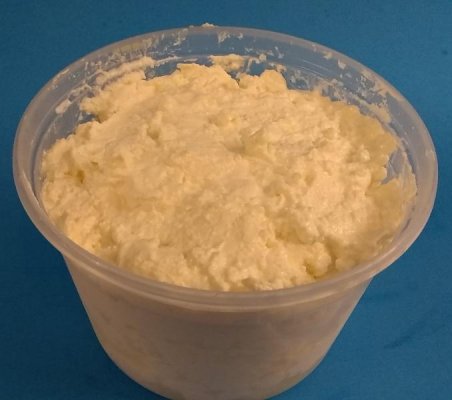skilletlicker
Head Chef
Presently straining my third ferment. Named the culture Scoby. Like naming your dog Dog. Scoby arrived here via seven-day transport courtesy of USPS in mid-ninety degree whether. They weren't at their best. Perked up quite a bit since then. A lot more potent and at least tripled their volume. Working out ferment times and straining times and temperatures for milk, cheese, or both from a single batch. Haven't gotten it all figured out by any means but posting this minor update so nobody relies on the times posted from the first attempt.



